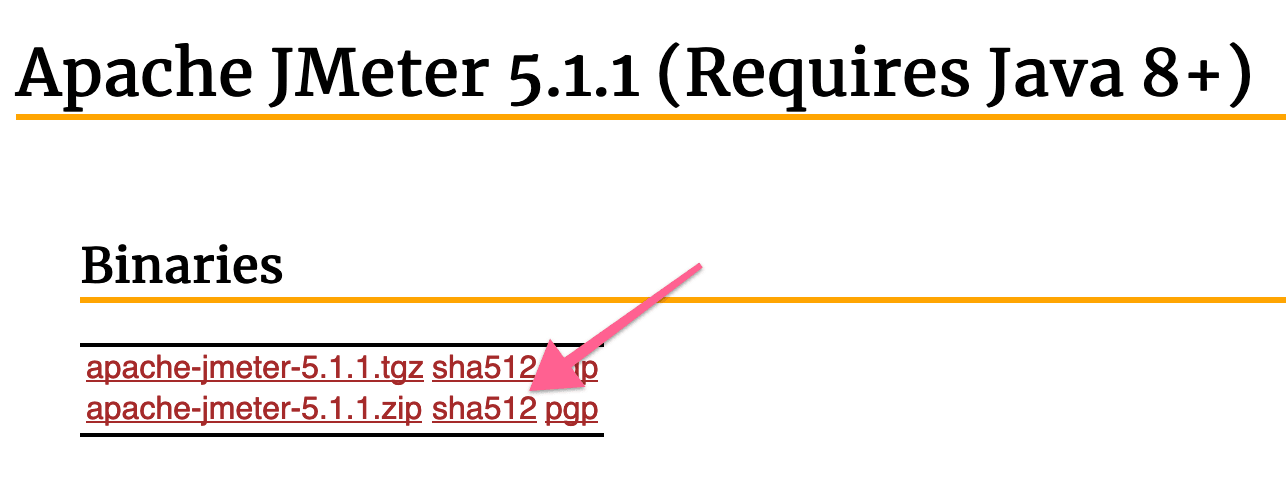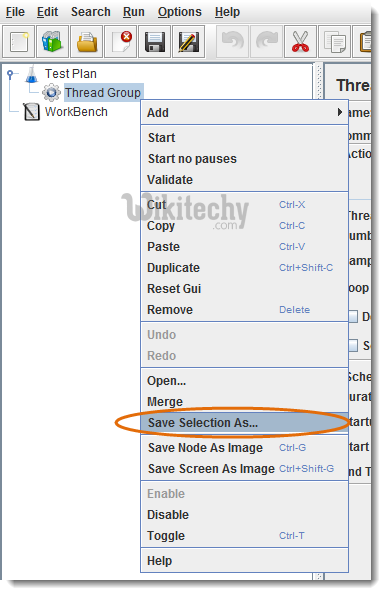



Let’s assume that we have a login request that works for one specific user: If you want to test your application across different users, you need to provide a list of user credentials. The best example of CSV input files usage is a login process. One of the common ways to parametrize your performance scripts is to use a CSV file. This makes it one of the main aspects in performance tests creation. Parameterization is the creation of different data sets for different users in the same test script.įor example, running multiple users with different credentials in the same script.


 0 kommentar(er)
0 kommentar(er)
